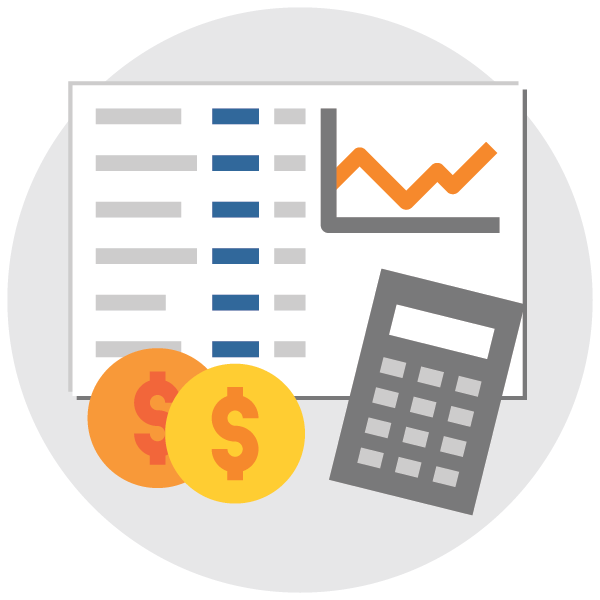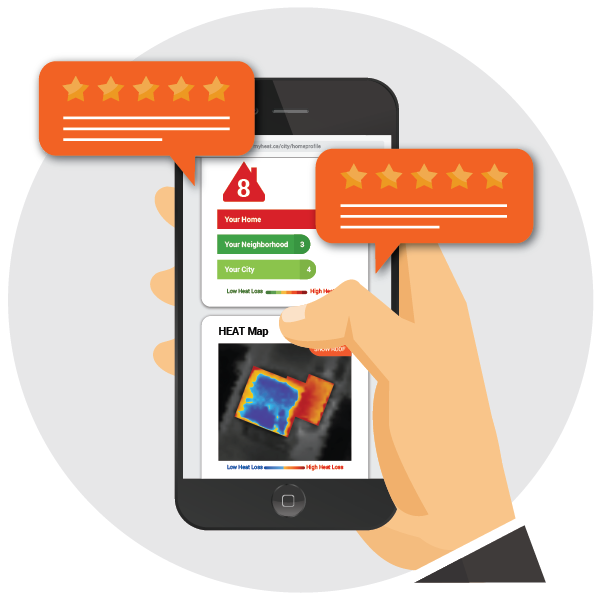MyHEAT
201-1228 Kensington Rd NW
Calgary, AB T2N 3P7
Canada
Challenges Facing Energy Efficiency Programs
Cost-Effectiveness, Covid, and Customers – oh my!
Utilities across North America are helping citizens reduce energy consumption, save money, and lower emissions. Offered programs and services encompass a broad set of technologies, rebates, market interventions, and educational efforts aimed at lowering or shifting energy demand. As these programs adapt to changing conditions and uncertainties facing society, utilities will need to overcome challenges to ensure they remain relevant and effective. Challenges include:

1. Determining the benefits of cost-effectiveness.
Generally, energy efficiency programs must pass cost-effectiveness tests before being offered to customers to ensure that resulting benefits justify the cost. A number of tests exist, such as the Total Resource Cost (TRC), Ratepayer Impact (RIM), and Societal Cost (SCT) tests, that consider costs and benefits from different perspectives. Currently, no singular test is consistently implemented across North America and uncertainties exist around accurately capturing all associated benefits. For example, the commonly used TRC test doesn’t address all externalities, such as environmental and social benefits. Tests may not capture benefits like reduced late payments and arrears management costs from low-income programs. Overall, strict adherence to these standard evaluation methods may discourage new, innovative approaches that would capture these benefits.

2. Meeting savings targets and evolving goals.
Utilities delivering residential energy efficiency programs, particularly those with mature programs, are finding it challenging to achieve targets due to increased market penetration rates. Energy efficiency baselines are also becoming more stringent. For example, a new minimum Annual Fuel Utilization Efficiency standard for residential gas furnaces was recently introduced in Canada (95% AFUE). This means that the potential to claim energy savings has significantly diminished and, in some cases, has impacted overall cost-effectiveness. Because of this, utilities find other measures – like building envelope opportunities – to keep residential programs intact.

3. Maintaining momentum in times of uncertainty and constraint.
We’re in unprecedented times and many utilities have been looking into alternative ways, like introducing virtual energy assessments, to adapt to the ‘new normal’ and meet savings targets. However, many organizations have faced the challenge of doing more with less for years. Utilities need to continuously look at offerings to assess how they can derive more value with fewer resources. The first step is to leverage data using emerging technologies to better understand the customers and opportunities in the distribution system. Secondly, utilities can use that data to segment their customer base, providing more guidance to those with the highest potential for energy savings.

4. Motivating customers the way they want to be engaged.
Customers expect control and personalized choices regarding how they engage with their utility and manage their energy use. However, the average person also doesn’t prioritize spending the time and effort needed to fully understand the benefits of improving energy efficiency. Many utilities are faced with the challenge of communicating personalized and easy to digest recommendations through a customer-centric approach to help customers make smarter energy decisions.
This is where MyHEAT helps – our visual platform educates customers on heat loss and local rebates. It’s been proven to increase program participation and enable utilities to focus marketing efforts, promoting customer-specific opportunities. In a recent pilot, sponsored in part by Natural Resources Canada, a utility using MyHEAT’s platform found a 30% increase in weatherization applications and a nearly 20% increase across all offered measures. These savings supplemented a measurable reduction in consumption from behavioural changes as well.
To learn more about MyHEAT and how we can help keep your programs relevant, visit myheat.ca or email us at hello@myheat.ca.
Written by:
John Tideman – Director of Business Development at MyHEAT


